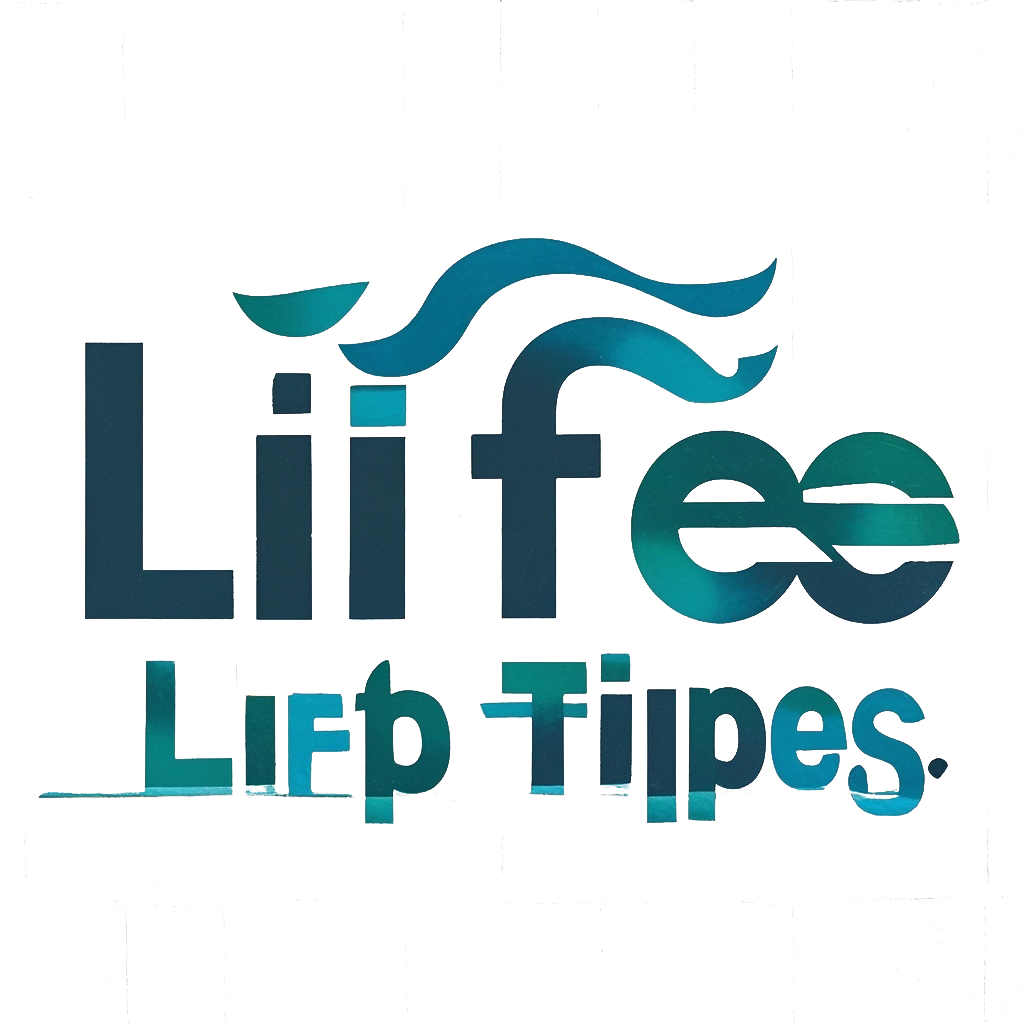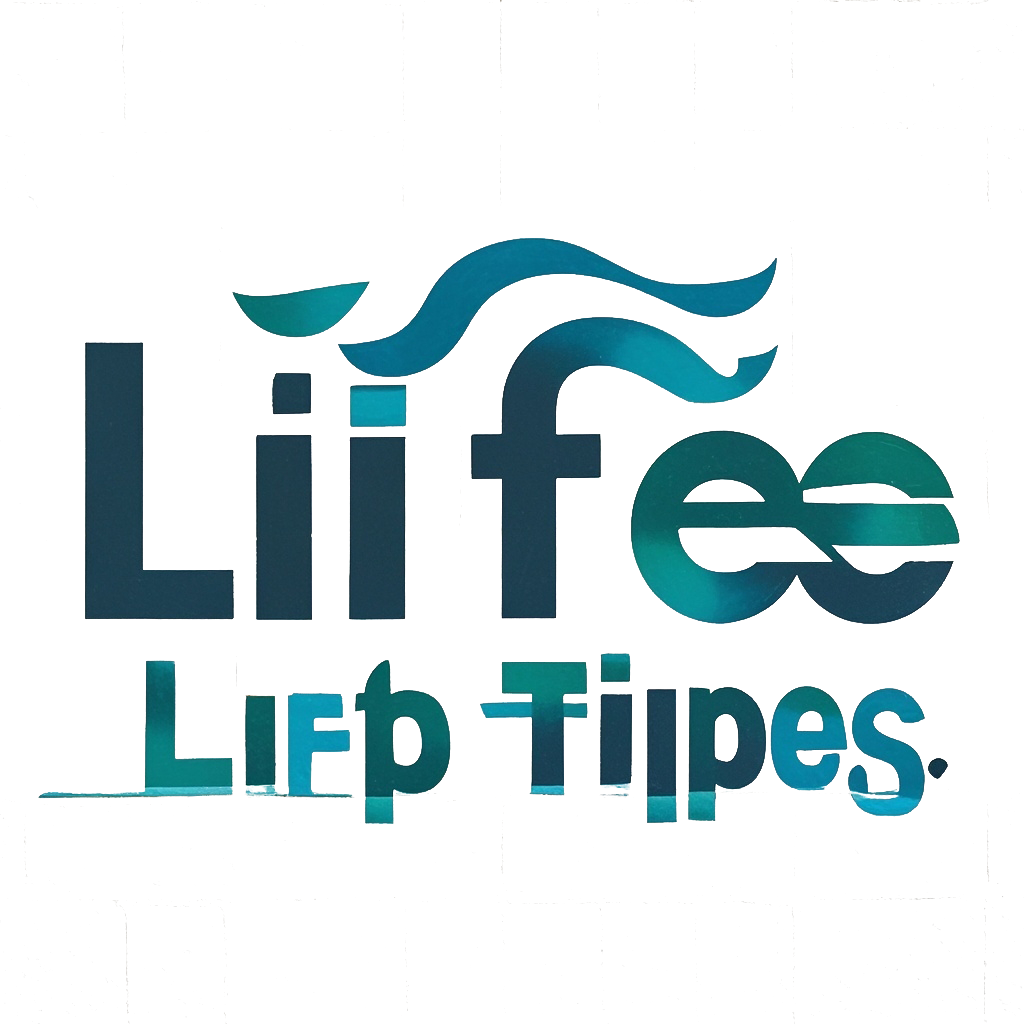A Comprehensive Analysis of Body Acne Elimination Methods
I. Over-the-Counter Skin Care Products
Benzoyl Peroxide Cleanser: You can purchase over-the-counter cleansers containing up to 10% benzoyl peroxide. Studies have shown that benzoyl peroxide foam lotions can help kill the bacteria that cause body acne, especially back acne. Generally, apply the cleanser to the acne every day, wait a few minutes for it to penetrate the skin, and then rinse it off. Continuous use can prevent the recurrence of acne. However, benzoyl peroxide can cause skin dryness, peeling, and irritation. For sensitive skin, products containing 5.3% benzoyl are usually less irritating. In addition, benzoyl peroxide can bleach fabrics, causing towels and sheets to fade. A recent study also found evidence that benzoyl peroxide acne products may contain the carcinogenic compound benzene, and the benzene content in the products may increase at high temperatures. However, further research is needed to determine whether benzoyl peroxide acne products are unsafe.
Salicylic Acid Cleanser: Over-the-counter body washes contain up to 2% salicylic acid. Salicylic acid helps reduce oil secretion and remove dead skin cells that clog pores, and it is more effective in treating whiteheads and pimples. Salicylic acid lotions can be used daily for a long time to treat body acne. However, the first use may cause skin dryness and irritation. To reduce irritation during the skin adaptation period, consider using a salicylic acid cleanser a few times a week and gradually increase to daily use. Salicylic acid can also cause side effects such as irritation and stinging.
OTC Retinoid Creams: Differin (Adapalene) is the only over-the-counter retinoid approved by the U.S. Food and Drug Administration (FDA) for the treatment of acne. Retinoids are vitamin A derivatives that help increase cell turnover, which helps remove dead skin cells and unclog pores. Apply Differin gel to clean, dry skin every day to treat body acne. It is better to apply it before going to bed because it makes the skin sensitive to sunlight. You can also use it after using a benzoyl peroxide or salicylic acid body wash. In the first two weeks of use, you may notice increased skin irritation. This should disappear after the skin adapts. If you initially have this irritation, try applying Differin every other day. Side effects include skin irritation such as redness, dryness, burning, and itching. However, compared with prescription-strength retinoids, Differin is less irritating. Differin is also not safe for pregnant or breastfeeding women.
II. Prescription Skin Care Products and Medications
Azelaic Acid Topical Medications: Prescription azelaic acid treatments include Azelex cream, Finacea gel, and Finacea foam. Azelaic acid helps unclog pores, reduce inflammation, and kill the bacteria that cause acne. Studies have found that applying 20% azelaic acid cream to the chest and back twice a day helps improve the skin after 12 weeks. Applying 15% azelaic acid foam twice a day also seems to improve body acne. Azelaic acid can also help fade the dark spots caused by healed body acne. When using it, you may experience side effects such as itching, burning, stinging, and dryness. You can only use azelaic acid topical medications as recommended by a dermatologist, which may be a long-term medication for several months or more.
Topical Retinoids: Prescription retinoids are more effective than over-the-counter ones, and they all work by increasing cell turnover to unclog pores and treat body acne. Tretinoin is a prescription-strength topical retinoid that has been approved by the FDA for the treatment of acne since 1971. Common retinoid creams and gels include Tazarotene (brand names include Arazlo, Avage, Fabior, Tazorac), Tretinoin (brand names include Altinac, Altreno, Atralin, Avita, Refissa, Renova, Retin - A, Tretin - X, Vesanoid), Trifarotene (Aklief), and Tretinoin and Benzoyl Peroxide (Twyneo). Studies have shown that applying topical retinoids to the chest, shoulders, and upper back once a day helps treat and control moderate to severe acne. These topical medications should be applied to clean skin. Retinoids can be very irritating, causing skin redness, peeling, and dryness. They also make the skin extremely sensitive to sunlight. If your skin is dry and irritated, use retinoids every few days and gradually increase to daily use.
Isotretinoin: Isotretinoin (brand name Absorica) is one of the most effective methods for treating severe body acne. This oral retinoid has been approved by the FDA for the treatment of severe acne nodules, and the usual treatment duration is 4 to 5 months. It works from within the body to help reduce oil secretion, unclog pores, kill bacteria, and reduce inflammation. Isotretinoin is often known as Accutane, but this particular one is no longer available. Isotretinoin can cause serious side effects and is only used when other treatment methods are ineffective. Like other retinoids, it can cause extremely dry skin, dry skin, dry mouth, eye irritation, and nosebleeds. More serious side effects include stomach problems, rashes, night blindness, hair thinning, muscle or joint pain, changes in cholesterol levels, liver damage, etc. It is also not safe for pregnant women and may cause birth defects, miscarriages, and stillbirths. People who may become pregnant must agree to have a pregnancy test once a month or use two forms of contraception during the period of taking isotretinoin.
Antibiotics: Oral antibiotics help kill the bacteria that cause severe pimples. These treatments are usually only used for three to four months to avoid bacterial resistance - when bacteria become immune to certain antibiotics. Antibiotics approved by the FDA for the treatment of acne include Monodox (doxycycline), Minocin (minocycline), and Seysara (sarecycline). Oral antibiotics used to treat acne make the skin sensitive to sunlight and are not safe for pregnant women. Other side effects are usually mild, but you may experience gastrointestinal reactions such as stomach discomfort, nausea, vomiting, and diarrhea. The topical antibiotic Aczone (dapsone gel) is also used as an off-label acne treatment, which means it is used to treat conditions that have not been officially approved. Depending on the concentration, apply dapsone gel to clean skin 1 - 2 times a day, usually for up to 12 weeks. Studies have shown that using 7.5% dapsone gel to treat body acne helps eliminate most of the acne within 16 weeks. Dapsone gel may cause skin side effects such as redness, dryness, increased oil secretion, peeling, and itching.
Hormonal Treatments: Birth control pills, spironolactone (Aldactone), or a combination of both can help treat hormonal acne. These treatments are only suitable for people who were assigned female at birth.
Hormonal Birth Control Pills: Oral contraceptives approved by the FDA for the treatment of acne include Beyaz, Estrostep, Ortho Tri - Cyclen, and Yaz. These combination hormonal birth control pills contain estrogen and progestin (a synthetic form of progesterone). Taking these hormones helps reduce androgens in the body, such as testosterone. Androgens stimulate the oil glands in the skin, so reducing the level of this hormone helps slow down excessive oil secretion and thus reduce acne. Birth control pills are taken daily and can be used for a long time to treat hormonal body acne. You may experience side effects such as headaches, nausea, breast pain, or spotting between menstrual periods. Birth control pills may also increase the risk of blood clots, heart disease, and high blood pressure in some people. You should not smoke while taking birth control pills to help reduce the risk of blood clots.
Spironolactone: Spironolactone is a high blood pressure medication used to treat hormonal acne. Common brands include Aldactone and CaroSpir. Studies have shown that spironolactone is effective in treating deep cystic acne on the neck. Your dermatologist will determine how long you should take spironolactone to treat acne. Spironolactone can cause side effects such as menstrual cramps, irregular menstruation, breast tenderness, breast enlargement, headaches, fatigue, and dizziness. You should not take the medication with potassium supplements or potassium-rich foods such as coconut water. Spironolactone can cause the body to retain too much potassium. If you consume a large amount of potassium while taking spironolactone, you may develop hyperkalemia, which is a high level of potassium in the blood. In addition, some limited animal studies have shown a link between high-dose spironolactone and breast cancer. However, this link has not been confirmed in humans. Dermatologists often prescribe spironolactone and birth control pills together to achieve the best results. This also helps prevent pregnancy because spironolactone can cause birth defects. It also helps relieve the symptoms of spironolactone.
III. Procedures
Corticosteroid Injections: Dermatologists can directly inject corticosteroids into painful cystic acne. This steroid helps shrink the cysts, reduce inflammation, promote healing, and relieve pain. It also helps reduce scarring. These injections should be used with caution because excessive injections can cause skin indentations and hypopigmentation - light patches on the skin.
Chemical Peels: These topical peels use high-concentrations of exfoliating acids to resurface the skin, unclog pores, and remove excess oil. More intense peels usually only need to be done once but may require a recovery period of several weeks. Side effects include redness, peeling, temporary darkening of the skin, lightening of the skin, or scarring.
Light Therapy: These treatments include emitting infrared, blue, red, or a combination of blue and red light to the acne lesions. Light therapy is usually used in combination with topical medications. The treatment effect usually lasts for several years, but some people may need one or two laser treatments a year. Some redness and swelling are usually normal, and serious side effects include burns, blisters, or scarring.
Photodynamic Therapy (PDT): To help treat severe body acne (such as cysts), dermatologists will apply a solution to the skin for 15 minutes to 3 hours and then use a laser device to treat the skin. The solution helps make the skin more sensitive to light, allowing the laser to penetrate deeper into the skin. After one treatment, the effect usually lasts for several years. The side effects of PDT are similar to those of chemical peels and other light therapies.
Acne Surgery: If medications are ineffective, dermatologists can remove large cysts or nodules on the body through incision and drainage surgery, which involves making a small opening to drain the fluid and discharge the thick substance. Dermatologists can also perform acne extraction, which requires using sterile tools to unclog whiteheads or blackheads. These surgeries carry the risks of infection and scarring.
IV. Lifestyle
Take a Shower Immediately After Sweating: After exercise or sweating activities, change out of sweaty clothes promptly and wash off the bacteria, oil, and sweat that cause acne. If you can't take a shower immediately, use oil-free cleansing wipes to wipe the skin and change into clean clothes.
Clean the Skin Gently: Avoid scrubbing the skin vigorously, as scrubbing can cause more irritation and acne. Also avoid using rough cleaning tools such as loofahs, bath sponges, and back brushes, as they may harbor bacteria. Use mild, unscented products. Irritating antibacterial soaps, astringents, and scrubs can aggravate body acne. Be sure to choose body skin care products and cosmetics that are oil-free and non-comedogenic (won't clog pores).
Don't Pick or Touch the Skin: Squeezing pimples and other acne lesions will cause further irritation. Touching the skin can also introduce more bacteria.
Protect the Skin from Sun Exposure: Ultraviolet rays can worsen acne and increase the risk of hyperpigmentation (dark spots). Apply sunscreen with a sun protection factor (SPF) of at least 30 and cover the skin with loose or ultraviolet protection factor (UPF) clothing.
Avoid Wearing Tight, Irritating Clothes or Accessories: Wear loose cotton or sweat-absorbing sportswear to help the skin breathe. If you have back or shoulder acne, avoid wearing backpacks or handbags as they can rub against the acne-prone skin.
Scan QR code and push to mobile phone access.
Copyright Notice: This article is published by TIFETIPS, if you need to reprint, please indicate the source.








